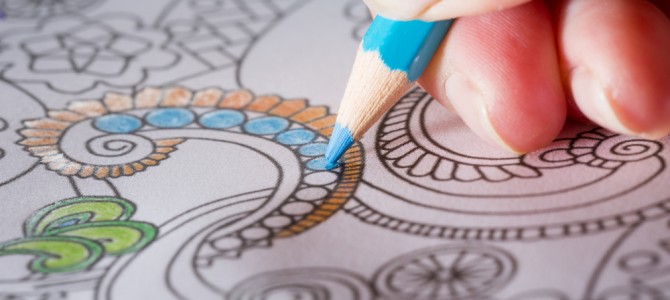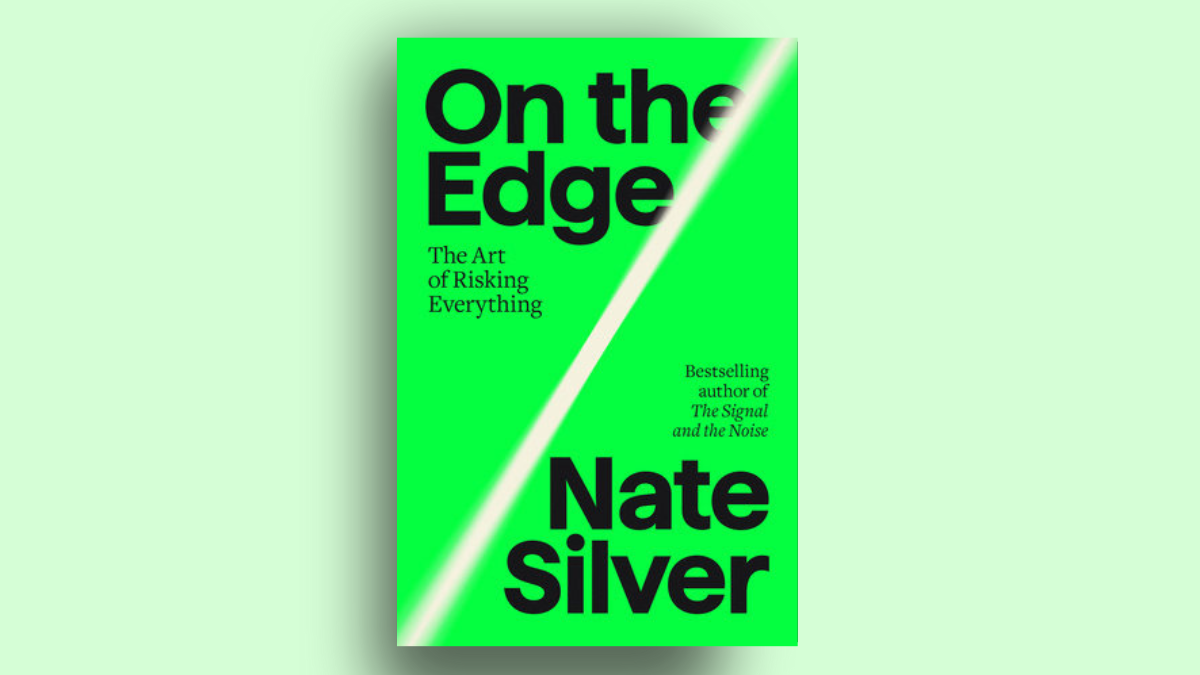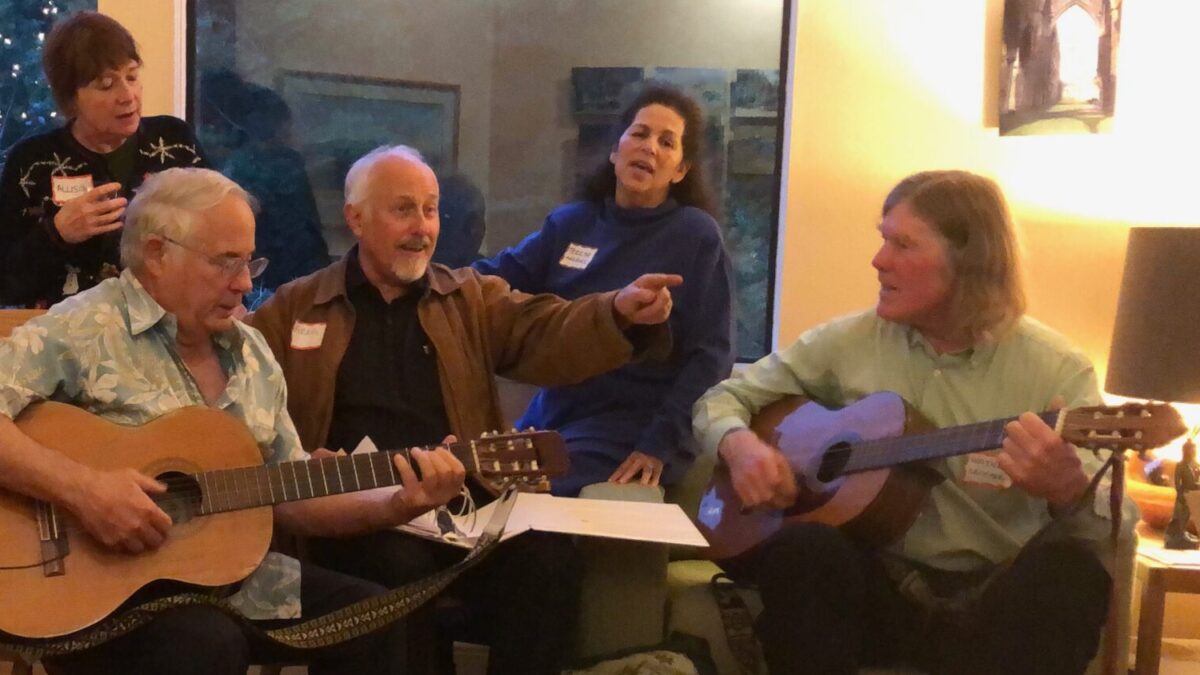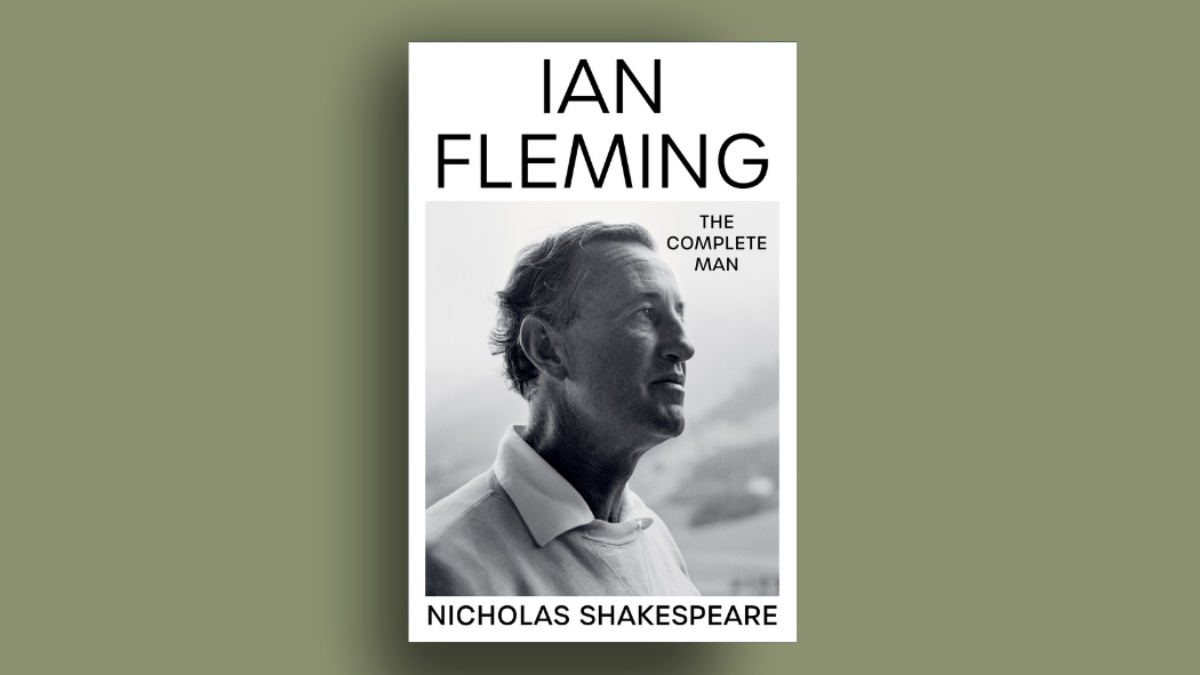
When I excitedly told my husband about the adult coloring books plastering the entrance of local Barnes and Nobles, he teased me. “Coloring books are for kids.” Like Play-doh.
I did not remind him that college students have taken to Play-doh to alleviate the stresses of finals and just everyday living, as he was then acing his own graduate school finals, during which he never once touched the fifty—yes, fifty—cans of Play-Doh piled into a blue plastic basket on our kid shelf. His forms of stress relief are indeed much more adult—mostly homebrew and dirty martinis.
My husband, however, is apparently an anomaly, because those adult coloring books are selling like ice cream on a hot day.
Assignment desk: explain this. https://t.co/qvnNj3WtRY
— Kay Hymowitz (@KayHymowitz) December 29, 2015
Eight of the top 20 selling books on Amazon currently are coloring books designed for adults. https://t.co/vqRKAIkzdy
— Chris Blattman (@cblatts) December 29, 2015
Most of the people in this country have had little to no good art instruction. I am one of the lucky ones who has, starting with good drawing instruction in childhood and extending through several oil painting classes in college. Yet I would not at all call myself an artist or connoisseur, but more of a dabbler; basically someone who likes to draw and paint who has done so as a hobby for some years, under some quality instructors.
That gives me some capability to both understand and critique a fad that on the one hand seems to embody the petulance, cheap consumerism, lack of taste and professional craftsmanship that must be carefully cultivated over many years through much failure and hard work, and frivolity of our culture, yet on the other express a longing for the ineffable, the ideal, and the transcendent.
Navel-Gazing Definitely Included
Let’s start by saying that, for most people, coloring is just coloring. It’s a simple, straightforward activity. Probably most newly blossomed colorers aren’t psychoanalyzing themselves or moaning chakras while they scribble—they’re thinking, like I was, “Oooh! What a pretty design! I’ve always loved Scandanavian folk patterns!” Or, like the folks in the Wall Street Journal article about this trend, many seem to view it as a simple stress-buster.
“Some people like to work out,” a millennial told the Journal. “I like to color.” And that is that. For her, at least. For others, it’s getting way more involved. Libraries across the country have begun to hold coloring sessions, the Journal reports. Then there’s this:
In San Diego, Elizabeth Mansur, a health and wellness coach, holds monthly two-hour ‘Color Yourself Calm’ sessions in her home for up to 10 people. The fee is $5. First, she said, ‘we sit and meditate for five minutes to calm everybody down.’ Then come introductions, tea and cookies. Cellphones are turned off. Ms. Mansur plays calming music and lights lavender-scented candles. After the coloring, the participants show one another their pictures and discuss ‘their feelings about it,’ Ms. Mansur said.
Now this sort of thing is definitely in the same category as bringing college students fluffy animals to help them deal with the horrible stress of taking several tests close together, even though generations of students before them, who had more difficult classes, somehow managed without furred assistance.
Curiously, the growth in therapizing everything has occurred just as our lives have become markedly easier. Just think air conditioning, penicillin, and washing machines. Yet our psychological disorders have markedly increased, almost in tandem with our technological advances. 2015’s “State of the American Mind” gave a thorough, documented overview of this reality. “The burden of mental illness in our society has increased in the past three decades, rather than decreased,” writes Robert Whitaker in his essay for the book.
This startling reality provides something to ponder as we sit down with our colored pencils at the end of a busy day or week. Why do we feel a need to flee adult life for the comfort of child’s play? Are we trying to escape our lives—and, if so, why? Humans throughout history have developed coping mechanisms to get through life. But there is also a difference between drugging oneself—whether through coloring or martinis or anything else—and actually dealing with the issues at play.
Art Cannot Save You (But It Can Help)
Perhaps it’s temporary and therefore harmless, like my husband’s drinking spike during finals week, or my obsessive consumption of ice cream during pregnancies as a way to make myself feel better about my distended and aching body. But if we need therapy to handle the daily basic business of living for more than temporary stretches like these, something is wrong. If we lack meaning in our lives, feel like an unimportant collection of atoms floating about for a time and then vapor, perhaps it’s time to reach out for something more satisfying than paper flowers.
Throughout the centuries, people have sought meaning and transcendence from art. We are particularly apt to do so during cultural moments that elevate mechanical approaches to life—that treat humans as machines into which we merely insert the correct programming to make tick correctly, writes Nancy Pearcy in her illuminating “Saving Leonardo.” People act badly when cut off from the transcendent.
Such is our age, in which liberals constantly assume and proclaim that people aren’t responsible for their behavior, they’re not to blame when things go wrong—the system is. Thus they treat the endlessly and mysteriously complex reality of human life as reducible to mere machine parts. Or, as I heard someone once describe sex, “Insert Tab A into Slot B.”
If you think life is about inserting tab A into slot B repeatedly, either with sex or a career or anything else, it’s no wonder you’d flee to something, anything, that offers moments of respite from this harshness, this emptiness, this nihilism. That’s what artists have done ever since science began, in relatively modern history, to reject anything but itself as an avenue to know truth.
As Pearcey writes, placing this tug of war into its historical context: “It was not really science itself that Romantics opposed. What they objected to was the materialistic philosophy often presented as the inevitable implication of science. And they utterly rejected the Enlightenment view of nature as a vast machine to be controlled and exploited for profit. For many Romantics, art became a means of protest against the deadening world of rationalist science and industry—a means to recover a spiritualized view of nature.”
Dividing Our Minds and Hearts Messes with Both
Pearcey writes of how separating science and art, and how each now rejects essentially any means of knowing truth, has produced a sort of cultural split personality. I suggest this echoes in our collective psyche. Our public, intellectual lives now must conform to the dictates of so-called science, which has never been big enough to deliver the meaning our souls seek. Remember, science killed god, so now we’re scrambling to fill the god chasm with other things. Science nominates itself, of course. Science and rationality can help dissect things, label and sort them and number them, but not put them back together and send life and breath coursing through. Even though art also has its own limits, it can approach and express the ineffable. That’s kind of its point, in fact.
So while we are all told to act “rationally”—seek high test scores! Use high test scores to get into Top College! Use Top College to get A Good Job! Use Good Job to…I don’t know, make money or something?—even those of us who follow the script at the end of the day find ourselves staring into the abyss as it stares back. Make money? Great, but I can only own so many cute outfits and go on so many vacations to exotic places I also treat like exotic outfits to eventually discard. Have sex? Sure, that’s great, but it turns out sex with random people isn’t that fulfilling and happens to inflict me with diseases and the need to kill my own children.
Acting strictly rationally is simply not fulfilling. It’s monotonous. Ultimately, it’s pointless. Everyone who has ever experienced a midlife crisis has understood this intuitively. So, I suggest, do many people pulling out the coloring books to help leach away the stress of a humdrum existence. We know, even if we won’t say it, that racking up stats on our own personal scorecards (I’ve visited 27 foreign countries! I’ve published ten books! I’ve slept with 78 people! I’ve been on Fox News! I have a degree from Harvard Law!) is ultimately foolishness. These are things we tell ourselves to make ourselves feel better about not having access to anything more important, more transcendent.
Art is one such connection to the ineffable. It is, however, a rather slender comfort in itself, as artists famous and unknown have found after having hurtled themselves into the paint and clay for several decades. Humanity has ultimately only found the solace we now seek in art instead in religion—but for many Americans now, religion is completely off-limits. That would require far too much of us.
So we color. We smush Play-doh. We paint. The great thing about these pursuits is that just about anyone can do them. Anyone with basic motor skills can fill in lines, after all. That’s why I’m not that impressed when my own kiddos pull out their Disney princess and Mack truck coloring books (although I don’t discourage them). I would prefer them to do something that will lead to a stronger sense of earned accomplishment, in a deeper satisfaction of having struggled with one’s self and become a craftsman, which one can only become by developing virtues such as patience, attentiveness to detail, and receptivity to truth.
We’re Scared to Be Artists
In that sense, these adult coloring books may not be much in themselves, but they could be an access portal into a better inner (and then outer) world. That they have been selling like hotcakes suggests many things, including that we embodied beings want to work our hands as well as our eyes; we don’t want to sit and stare at screens all day, even though that’s what we mostly do.
It also suggests, however, something more. It suggests we yearn for the good, the true, and the beautiful—but we’re cynical. We’ve mostly just made mud before. We hunger for truth, but it may challenge ideas that comfort us right now, so we don’t want things to get out of hand here, with all this deep thinking and pursuit of excellence and stuff. We’re scared to hold ideals aloft, to participate in their creation, to incarnate them; so we seize some training wheels.
People are often scared of art because we worry we can’t create a thing of beauty. Like my five-year-old son does, we worry we’ll “do it wrong.” We’ll envision something wonderful, but in the execution fall flat and turn our vision into mud. So, better not to try at all. Better to leave that vision unvarnished, a virtual reality, than fail in making it a part of an incarnate reality.
A willingness to color like a child, within the lines others have created, is not an expression of stunted growth, but rather of hope. It exhibits a belief in beauty and order, and a desire to help bring these into the world, even if in an 8 ½ by 11-inch plot, and despite the utter lack of art instruction in most schools. Coloring exhibits a tiny hope, sure; but hope is a precursor to faith. We may start inside someone else’s lines, but end by writing our own.
Have a Little Faith
Every living thing must exhibit hope and faith to survive. Consider any common flower, or even the grass. They all reach towards the sun, although none will ever get there. Despite this, its ascent will have been worth making. Unlike millennials’ behavior towards romance, where they refuse to believe that marriage can be good because they’ve seen how bad things are when marriage is bad, faith believes in the ideal even when that ideal proves hard or even impossible to incarnate.
So let me reach back to all the people buying coloring books and colored pencils and crayons and any other contemplative training wheels. Enjoy these things! Revel in the beautiful combination of colors you can make with colored pencils inside someone else’s lines. When you’ve achieved that, I have a few suggestions for you to take it farther. You can start putting down your own lines, and it’s way easier than you think. It’s also very rewarding.
Buy one of these books (or both). They’re inexpensive, but of good quality, and inspiring. Of course, by now you own good-quality beginner colored pencils, right? Those are also surprisingly cheap, but they make huge difference. You can blend with them like nothing else. You can even purchase one of the many surprisingly inexpensive DVD courses or starter packages out there. Maybe branch out into painting, if you have larger blocks of time to dedicate (lack of that is the reason I’m personally on a painting hiatus—you can fill in for me until my kids grow some). Give your hope, your aspiration, something new to work with.
Don’t stop there, however. Like science, art is ultimately just a different way of approaching what truly satisfies the human soul. Just as we won’t find satisfaction and answers to our existential wonderings in material goods such as money or fame, or in neat, mathematical answers to messy human existence, so we’re not going to find these in paints and pastels.
Both emotionally and intellectually, I side with Saint Augustine, who summed up the real answer to our soul’s discontent, and the real reason humans express themselves in, among other things, glorious art: “Great are You, O Lord, and greatly to be praised; great is Your power, and of Your wisdom there is no end. And man, being a part of Your creation, desires to praise You…for You have formed us for Yourself, and our hearts are restless till they find rest in You.”
We are a weary, cynical people. We feel pressed in on one side by ISIS and on the other by an administrative state that sics the police on us for letting our kids nap in the car while we run a quick errand, yet cannot seem to keep the sidewalks mended or bring petty thieves to justice. We fling ourselves into the rat race and when that fails to satisfy don’t know how to get ourselves out. In our cynicism and fear, we lash out, shout and scurry, jostle, demand, pound our keyboards, frown, jeer, and clench our hands tightly.
But you can’t paint or draw well with clenched fingers and stubbornly downcast eyes. Neither can you live well that way. So unclench your hands, open your eyes, and use them in faith to reach towards the good and beautiful. It’s an act of hope, and of praise.









